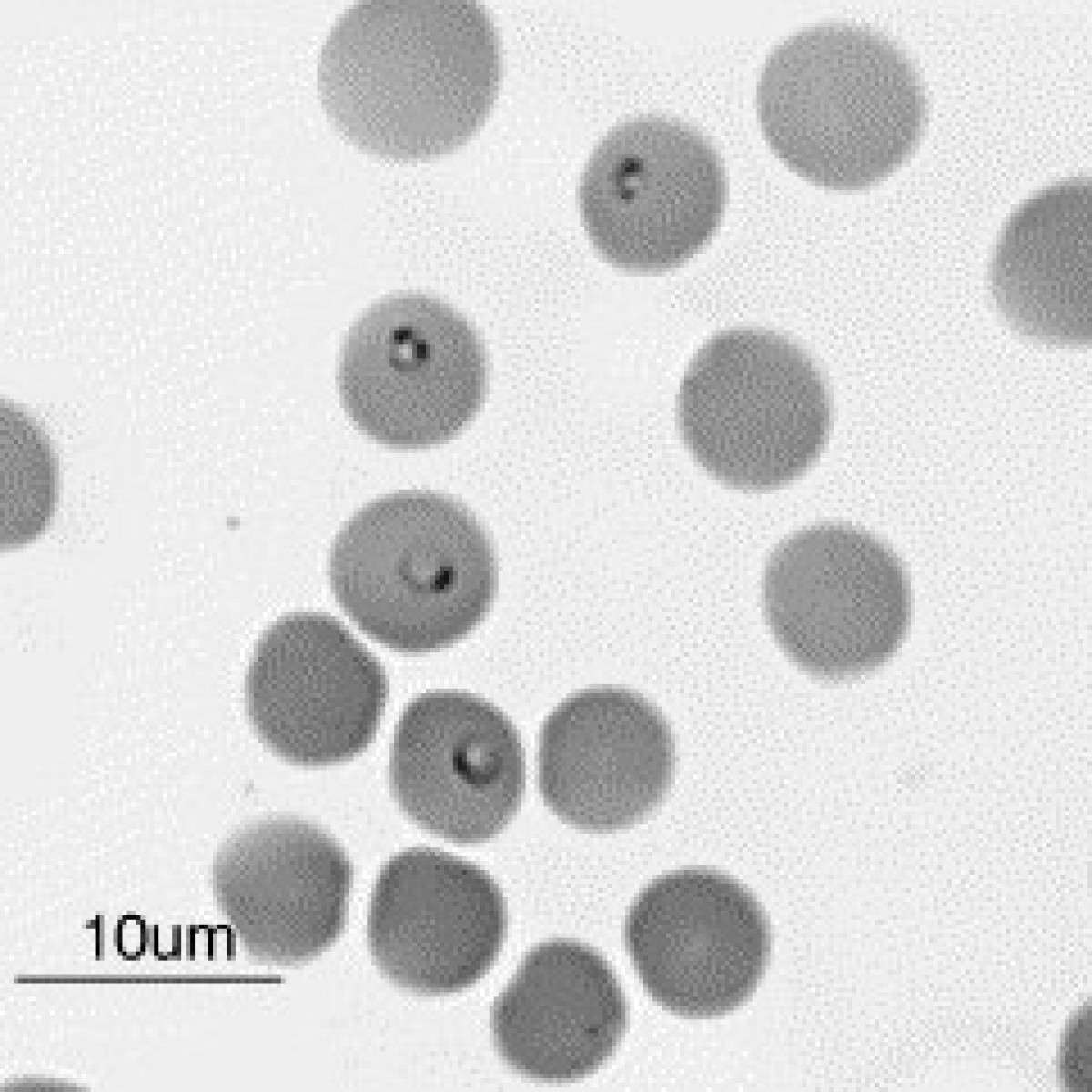The epidemiological role of the Eurasian lynx in the life cycle of Toxoplasma gondii
Toxoplasma gondii is a successful coccidian parasite able to infect all warm-blooded animals and humans, causing one of the most common zoonoses worldwide. The Eurasian lynx (Lynx lynx) is one of the feline potential hosts of T. gondii in Switzerland, but little is known about its epidemiological role as a definitive or intermediate host.
For the purposes of this study, researchers collected serum samples from 183 Eurasian lynx from 2002 to 2021. They tested these samples for antibodies to T. gondii by ELISA, IFAT and in case of inconclusive results, immunoblot.
The research team found antibodies to T. gondii in 150 of 183 (82%) Eurasian lynx. Older age, good health status and a low-altitude habitat were found to be significant predictors for seropositivity.
T. gondii oocysts were detected in three of 176 (1.7%) fecal samples, indicating the Eurasian lynx as a definitive host. In addition, T. gondii DNA was detected in skeletal muscle (7/88), heart muscle (2/26) or brain tissue (2/36) from 10 different lynx by real-time PCR.
In one animal, a T. gondii-like tissue cyst was observed in heart muscle and confirmed as T. gondii by immunohistochemistry (1/20) and real-time PCR. Two different T. gondii genotypes were detected.
These results indicate that T. gondii infection is widespread in the Swiss lynx population. The Eurasian lynx may contribute to environmental contamination with oocysts and is able to harbor the parasite in different tissues. Genotyping revealed the presence of both a common T. gondii lineage in Europe and a previously unknown genotype and thus shedding more light on the complex molecular epidemiology of T. gondii.
Patrick Scherrer, et al. “Exploring the epidemiological role of the Eurasian lynx (Lynx lynx) in the life cycle of Toxoplasma gondii.” Int J Parasitol: Parasites Wildl. 2023 Mar 21; 21:1-10. doi: 10.1016/j.ijppaw.2023.03.005.














List
Add
Please enter a comment